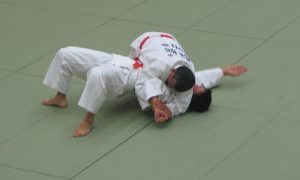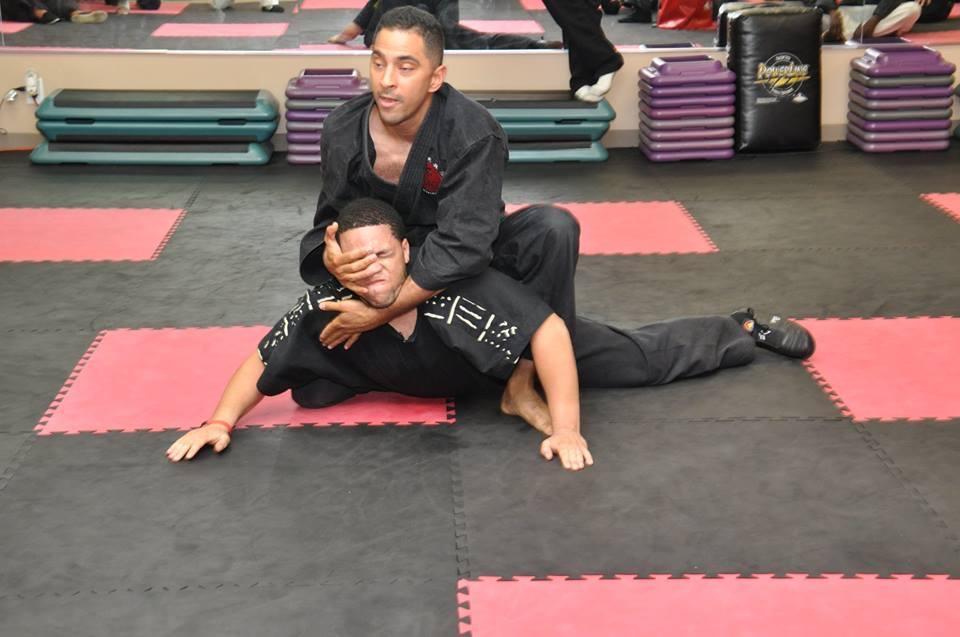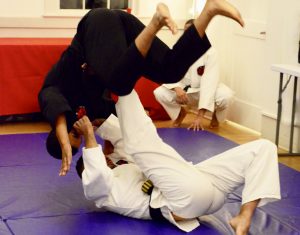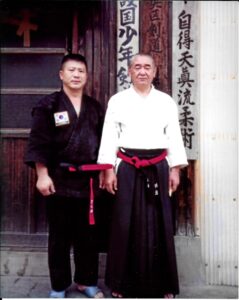Explore the key differences between Japanese Jujutsu and Brazilian Jiu-Jitsu, their origins, techniques, and philosophies. Discover which martial art suits you best!


Martial arts have been around for centuries, and each system has its own unique set of techniques. Two popular martial arts systems are Japanese Jujutsu and Brazilian Jiu-jitsu. Both styles offer practitioners a comprehensive way to develop physical and mental skills while learning self-defense tactics. But what is the difference between these two martial art systems? Which style is right for you?
Japanese Jujutsu “JJJ” is a traditional martial art system that originated in feudal Japan in the Edo period (between 1603 and 1867) and was used by the samurai on the battlefield. The modern practice uses strikes, throws, joint locks, chokes, and grappling techniques to restrain an opponent. Some schools practice with various weapons: sticks, bokken, Bo staff, knives, and more. The practice of JJJ is to defend in standing positions using striking actions like elbow and knee after that to control your opponent through sweeps to gain an advantageous position with improved leverage, conserving energy. Striking techniques are more commonly used in this style.
Brazilian jiu-jitsu “BJJ” was initially developed in 1925 by Brazilian brothers Carlos, Oswaldo, Gastão Jr., O’Brien, and Hélio Gracie, after Carlos was taught jiu-jitsu by a traveling Japanese judoka, Mitsuyo Maeda. It is considered a self-defense and sport style of martial arts. It focuses primarily on ground fighting (grappling) techniques incorporating takedowns, wrestling movements, submissions, chokes, and joint locks. As a form of self-defense, the BJJ emphasizes defensive techniques against punches, kicks, and weapons. This style aims to subdue and control an opponent on the ground and then apply submission joint locks or various choke holds.
When it comes down to choosing which style suits you, it’s essential to consider your personal goals and preferences. Do you like grappling with sports-like experiences? If you want to develop a set of skills that includes grappling, joint locks, and submission skills, then Brazilian jiu-jitsu might be the right choice. However, Japanese Jujutsu would be the better option if you prefer a more traditional approach to self-defense that emphasizes strikes, throws, joint locks, holds, and weapons. Ultimately, it all comes down to your personal preference.
No matter which style you choose, both martial arts systems offer practitioners a fantastic way to stay fit, develop confidence, and learn practical techniques for self-defense. If you have any questions or want more information about either of these two martial arts styles, feel free to reach out; we will be happy to help!
– JTR Jujutsu International




